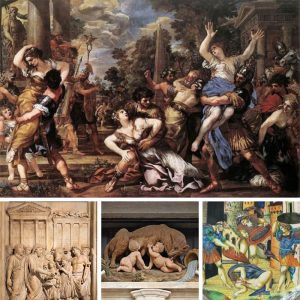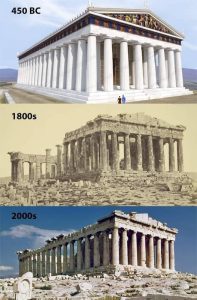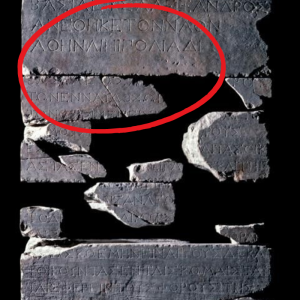Nestled in the shadows of a rugged hilltop in ancient Macedonia, Philip’s Theater remains one of the most significant archaeological discoveries related to theatrical architecture in the region. The theater, attributed to King Philip II of Macedon, father of Alexander the Great, is an exemplary model of ancient Greek theater construction and its adaptation in the Macedonian context.

The structure, as captured in the stunning photograph, shows the theater’s strategic placement at the foot of a hill, utilizing the natural slopes to support the grand stone seating arrangements that amphitheaters of this era are renowned for. This location not only provided spectators with unobstructed views of the dramatic performances but also spectacular vistas of the surrounding landscapes at sunset, enhancing the overall theatrical experience.
Built in the 4th century BC, Philip’s Theater was primarily used for both theatrical performances and political gatherings, reflecting the dual role of such venues in ancient Greek culture. They were not only entertainment centers but also crucial spaces for civic and political activities, where the ethos and narratives of Macedonian society were shaped and disseminated.
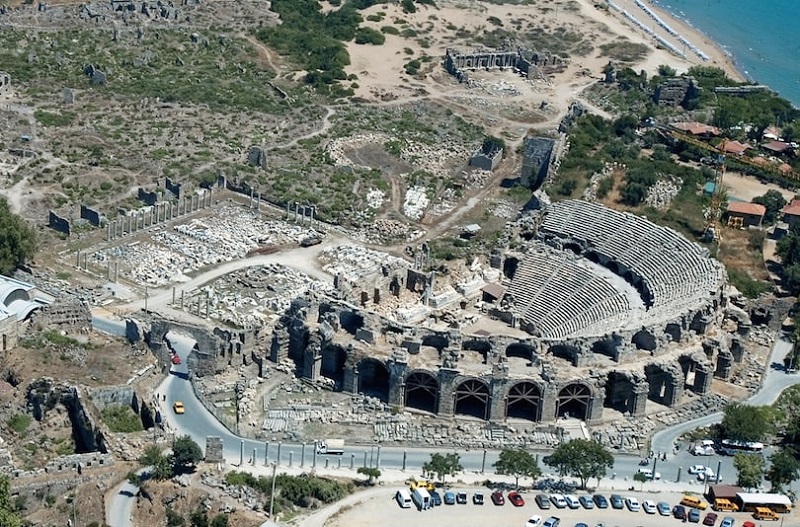
The design of Philip’s Theater is particularly noteworthy for its large size, which is indicative of the political and cultural ambitions of Philip II. With a capacity to accommodate thousands of spectators, the theater was one of the largest of its time, designed to project the power and influence of the Macedonian monarchy. The semi-circular orchestra and the tiered seating carved directly into the rock of the hill emphasize the Greek architectural influences, while the overall layout and construction techniques showcase local adaptations.
The theater’s acoustics, designed to carry the sound naturally from the stage to the uppermost seats, are a testament to the advanced engineering skills of the period. This design ensured that the spoken word, an essential element of ancient Greek drama and political discourse, reached every attendee, thereby fostering a communal spirit among the audience.
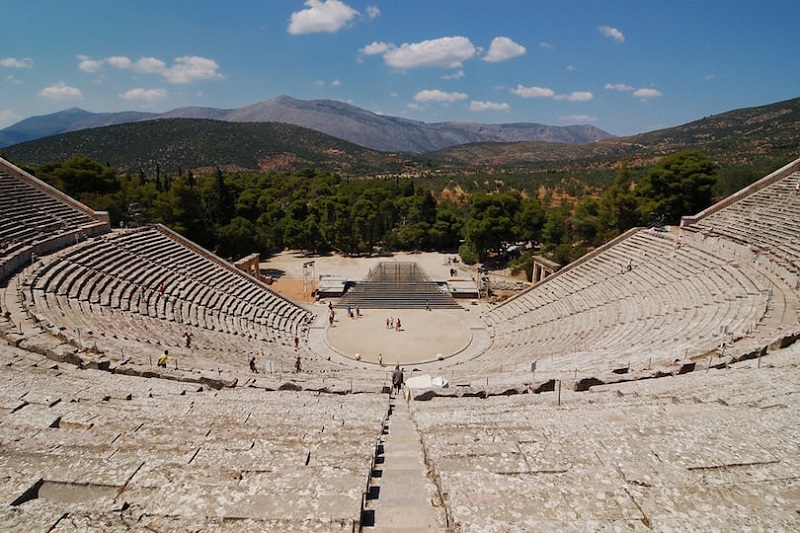
Today, the ruins of Philip’s Theater continue to be a site of historical and cultural significance. Archaeological efforts have focused on preserving the integrity of the structure and understanding more about the societal norms and practices of the time. These ruins not only attract scholars keen on exploring ancient Macedonian civilization but also tourists and history enthusiasts drawn to the site’s historical gravitas and its scenic beauty.
The enduring legacy of Philip’s Theater offers invaluable insights into the confluence of art, politics, and architecture in ancient Macedonia. It serves as a vivid reminder of the region’s rich cultural heritage and its significant contributions to the theatrical traditions of the ancient world.


